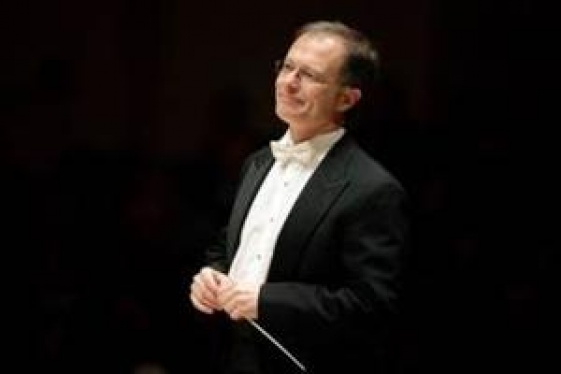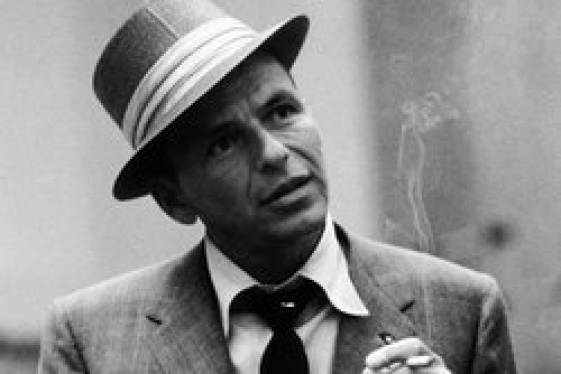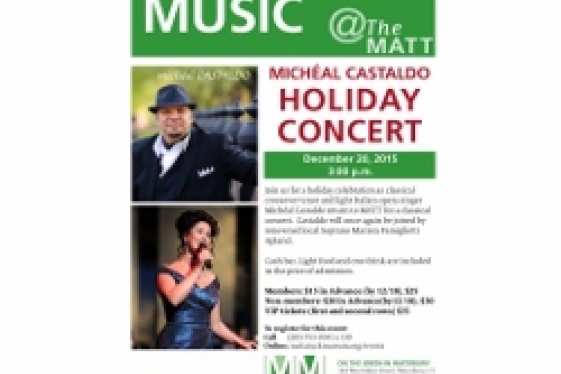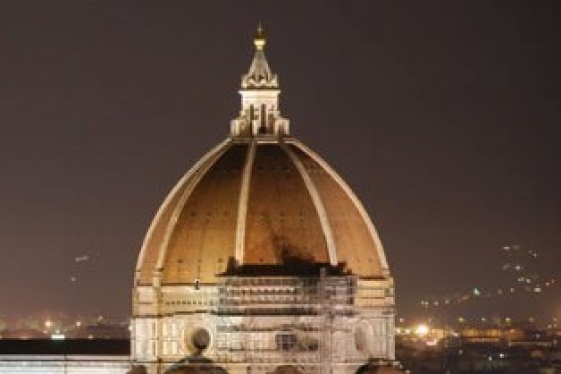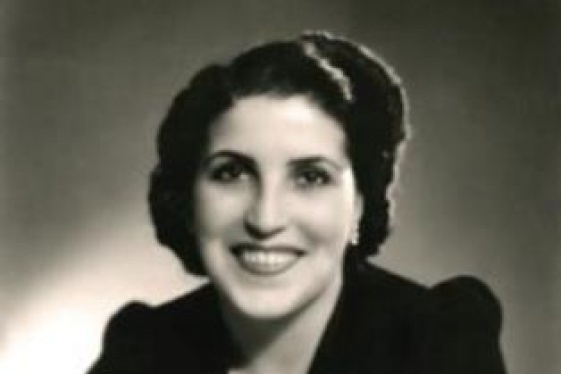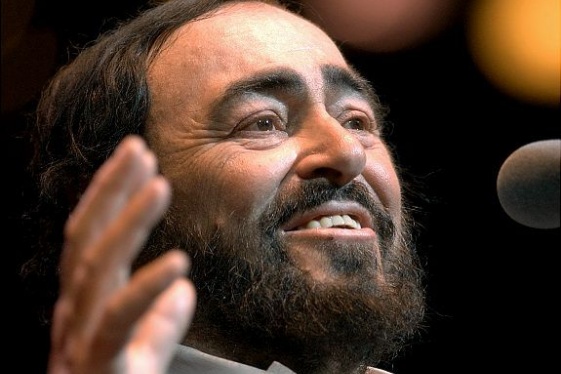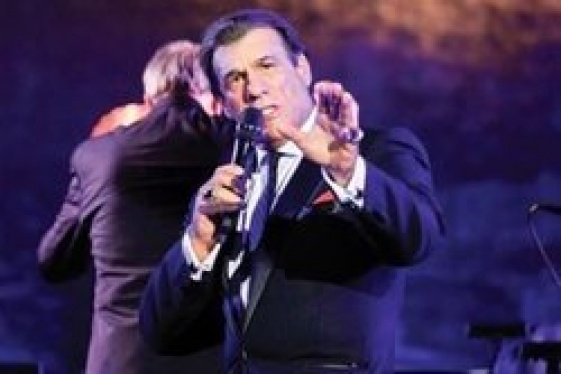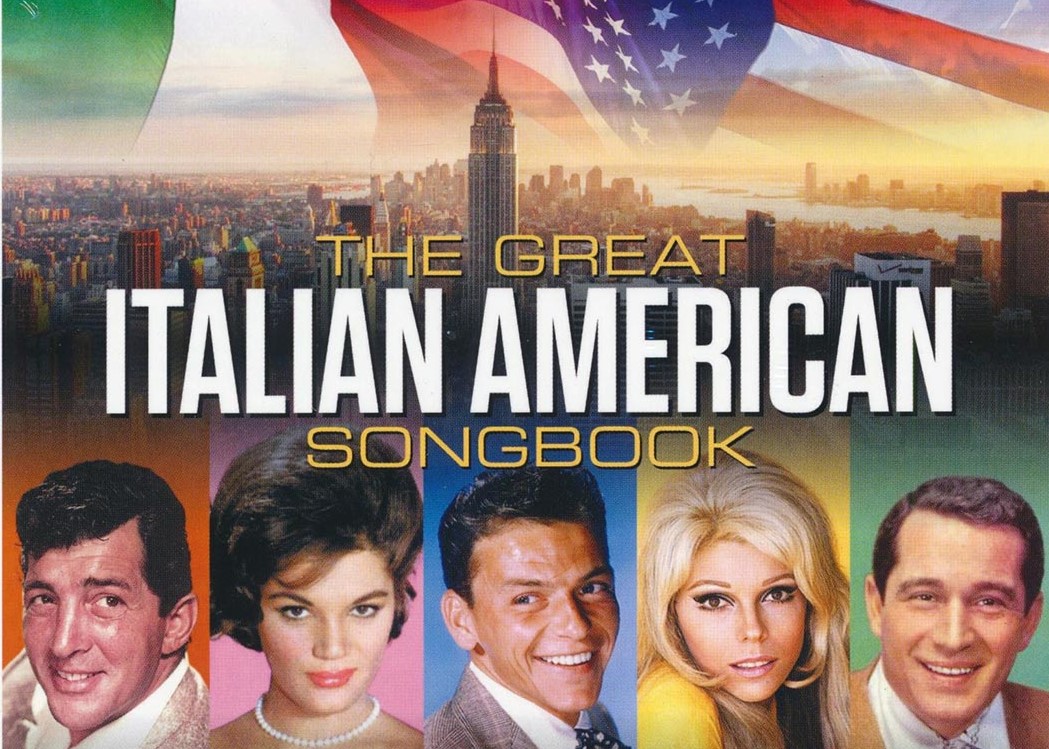

BY: Michael (Conforti) Connor
This article is dedicated in the memory of my grandfather, Michael Conforti, who gave me immense pride in our heritage. I miss you beyond words and am so thankful for the impact you have had in my life.
Throughout the 20th century, Italian-Americans shaped many aspects of American life. From politics to entertainment to culture, Italian-Americans were at the forefront. In the 1950’s and 1960’s, a majority of popular singers and groups were of full or partial Italian descent. If one looks at the history of doo wop, it is clear that two distinct ethnicities dominated the genre. African-Americans and Italian-Americans crafted, nurtured, and popularized doo wop, which ultimately coincided with the rock n’ roll era.
Some of the many artists of the era who can claim Italian heritage are Frankie Valli and the Four Seasons (“Sherry”), Dion and the Belmonts (“Teenager in Love”, “I Wonder Why”), Johnny Maestro and the Crests (“16 Candles”), Connie Francis (“Stupid Cupid”, “Where the Boys Are”), Bobby Rydell (“Volare”, “Wild One”), Frankie Avalon (“Venus”), Fabian Forte (“Tiger”), James Darren (“Goodbye Cruel World”), Randy and the Rainbows (“Denise”), The Earls (“Remember Then”), The Duprees (“Have You Heard”, “You Belong to Me”), The Mystics (“Hushabye”), The Elegants (“Little Star”), The Capris (“There’s A Moon Out Tonight”), Bobby Darin (“Mack the Knife”, “Dream Lover”), Freddy Cannon (“Palisades Park”), Little Peggy March (“I Will Follow Him”), Joey Dee and the Starliters (“Peppermint Twist”), The Young Rascals (“Groovin”), Lou Christie (“Lightnin’ Strikes”), and Connie Stevens (“Sixteen Reasons”), and that’s just to name a few!
A deeper dive into the history of Italian-American influence on 1950’s/1960’s music shows many intertwined connections. The Italian-American doo wop scene was rooted in the northeast, particularly in New York, New Jersey, and Pennsylvania. Our journey will begin in Philadelphia 1957. An upcoming record producer named Bob Marcucci (1930-2011), who had a personal stake in the business as he co-owned Chancellor Records, was on a quest. He wanted to discover fresh talent that would excite America’s millions of teenagers. Marcucci, who was of Italian heritage himself, did not have to look far to find Chancellor’s most beloved artists. It was in a Philadelphia nightclub where the producer met seventeen year old Francis Avallone, who impressed him so much that Marcucci promised the young teenager he would make him a national star. With Marcucci’s skills as a music executive and Avallone’s musical talents and youth appeal, their collaboration would become very successful. Avallone became Frankie Avalon. With hits such as “DeDe Dinah” (1957), “Ginger Bread” (1958), “Venus” (1959), “Why” (1959) and “Bobby Sox to Stockings” (1959) to his appearances in the Beach Party film franchise alongside fellow Italian-American, Annette Funicello, Avalon became one of the most beloved teen idols in history.
Marcucci did not stop there, and kept his business in Philadelphia. Fourteen year old Fabian Forte was his next discovery. Fabian, with his dashing good looks, matched perfectly with Marcucci’s “teen idol” initiative. Fabian could sing and had major hits like “Turn Me Loose” (1959) and “Tiger” (1959), but it was his ability to enchant millions of teenage girls around the country that really drove his early career. Bob Marcucci gave the gift of fame to two young Italian-American kids. Avalon and Forte, alongside their friend and fellow Philadelphia based teen idol, Robert Ridarelli (Bobby Rydell), performed together for many years as the Golden Boys. Sadly, Rydell passed away in April of 2022 at the age of 79 after a sudden illness. Marcucci not only further popularized teen idols, but developed a business model that is still well into effect in the 21st century with artists such as Justin Bieber, One Direction, and Shawn Mendes.
1961. New York City. There was one club that was the hot spot for exciting and fresh entertainment, as it was also the home of the dance craze the twist. The club? The Peppermint Lounge. Located at 128 West 45th Street in New York City, the lounge was in operation from 1958 until 1965. In its prime, it was one of the most popular clubs in the country. The Peppermint Lounge’s recognition and success was very much a result of its house band, Joey Dee and the Starliters. Joseph DiNicola, the group’s leader, was a determined young Italian-American from New Jersey. It was his dream and ambition to get a number one record. He did just that with “Peppermint Twist” in early 1962. Dee and his group became so popular that he starred in two feature length films, “Hey Let’s Twist” (1961), which was a fictional account about the opening of the Peppermint Lounge, and “Two Tickets to Paris” (1962), a traditional era teen idol film. Joey Dee and the Starliters helped grow the careers of many iconic entertainers including Jimi Hendrix, Ronnie Spector, and Italian-Americans Joe Pesci, and the Young Rascals. Both Hendrix and Pesci were guitarists in the group for a period of time, and Spector was a backup singer.
The Young Rascals story is truly unique, as it was Dee who brought the Rascals together. New Jersey native, David Brigati, was one of the original members of the Starliters. After the Starliters received some fame, Brigati’s younger brother, Eddie, wanted to enter the industry too. Dee heard the then teenager at the time, and was impressed. Eddie began to perform with the Starliters and met fellow Starliter, Felix Cavaliere. In 1965, Eddie and Felix decided to leave the group and formed their own band, The Young Rascals. The Young Rascals (eventually becoming the Rascals) had massive success in the late 1960’s with songs such as “Good Lovin’” (1966), “Groovin’”(1967), “How Can I Be Sure” (1967) and “A Beautiful Morning” (1968). They were eventually inducted into the Rock n’ Roll Hall of Fame in 1997.
1962. New Jersey. Life was about to dramatically change for iconic group Frankie Valli and the Four Seasons, who are immortalized in the Broadway production and feature film Jersey Boys. Born Francesco Castelluccio, Valli held a few different jobs including being a barber prior to his entertainment success. After multiple years in the music business, Valli and the Four Seasons were about to get their first number one song. It was the efforts of young energetic disc jockeys such as Jerry Blavat (who was of Italian descent through his mother’s lineage) that helped “Sherry” become a national hit. Blavat, who was born in 1940 to Louis Blavat and Lucille Rosa Capuano, became one of Philadelphia’s most listened to disc jockeys in the early 1960’s. When he heard “Sherry”, he knew the sound was fresh and had great potential. He played the single on his program, and encouraged others to do the same. “Sherry” became wildly successful, and thus started a truly remarkable career for Valli and the Four Seasons. It was not long after “Sherry” when their next number ones, “Big Girls Don’t Cry” (1962) and “Walk Like A Man '' (1963) came out. The Four Seasons eventually became one of the only groups to have hits before, during, and after the British Invasion. They were inducted into the Rock n’ Roll Hall of Fame in 1990.
Some groups of the era were ahead of their time in a very significant way. These groups were integrated with both Italian-Americans and African-Americans. Johnny Maestro and the Crests was one such group. Founded in 1955 by African-American, J.T. Carter, the Crests discovered their lead singer in New York based teenager, John Mastrangelo (1939-2010). With Johnny, the group had many hits including “16 Candles” (1958), “The Angels Listened In” (1959), “Step by Step” (1960), and “Trouble in Paradise” (1960). Maestro left the group in the early 1960’s to start a solo career, and eventually became the frontman of the Brooklyn Bridge (“Worst That Could Happen”). Joey Dee and the Starliters was another integrated group of the era. Drummer Willie Davis and guitarist Sam Taylor (1934-2009) were of African-American descent. Dee, like Carter, was forward thinking and wanted to show how music has no barriers. The love of great music is a universal experience.
Legendary Italian-American entertainer and songwriter, Teddy Randazzo (1935-2003), had an unique impact on African-American doo wop. Randazzo, who co-starred with Dee in “Hey Let’s Twist”, was the co-writer of some of the biggest hits of the era. His songbook includes “It’s Gonna Take a Miracle” (1965) for The Royalettes, and “Goin’ Out Of My Head” (1964), “I’m On the Outside Looking In” (1964), and “Hurt So Bad” (1965) for Little Anthony and the Imperials. Randazzo was posthumously inducted into the Songwriters Hall of Fame in 2007.
During the 1950’s and 1960’s, Italian-Americans certainly played a substantial role in the music business. The stories shared are only a taste of the true impact our community had on entertainment in the 20th century. Italian-Americans continued to stay relevant in the industry during the late 1960’s, 1970’s, 1980’s, and even to today. Artists such as Frank Zappa, Jim Croce, Bruce Springsteen, Ronnie James Dio, Peter Criss of Kiss, Madonna, Jon Bon Jovi, and Lady Gaga are all of Italian descent. We can not only take pride in the success of the many Italian-American entertainers highlighted, but in people like Dee and Randazzo who recognized early on that the love and sharing of music is something that brings people of all ethnicities together. With stars like Lady Gaga, the future is bright ahead for Italian-Americans in the music industry. The next chapter has already begun.
You may be interested
-
Cathedral of St. John the Divine, Oratorio S...
For the first time ever, The Cathedral of St. John the Divine, in collaboration with the O...
-
Frank Sinatra 100th Anniversary Celebration
Hoboken’s favorite son, Frank Sinatra, continues to evoke images of the good life nearly 1...
-
Holiday Concert with Micheal Castaldo and Ma...
The Mattatuck Museum (144 West Main St. Waterbury, CT 06702) is pleased to celebrate...
-
Italian Guitarist Roberto Fabbri to Perform...
For the final performance of his spring solo tour, Italian classical guitarist Roberto Fab...
-
Lecture and Concert that bring Italy to New...
Saturday, february 28 - 7 pm ESTChrist & Saint Stephen's Church - 120 W 69th St,...
-
Met Guild to Honor Licia Albanese & Carlo Be...
Summer saw the passing of two of opera's most iconic figures: Licia Albanese, at the age o...
-
Pavarotti. Il mondo di Big Luciano. Anteprim...
Il mondo di Luciano Pavarotti e la sua grande carriera di cantante lirico rivivranno il 23...
-
Sinatra was ‘a towering figure’ for Italian...
By Richard Hutton While he has carved out quite a nice career for himself as an a...



